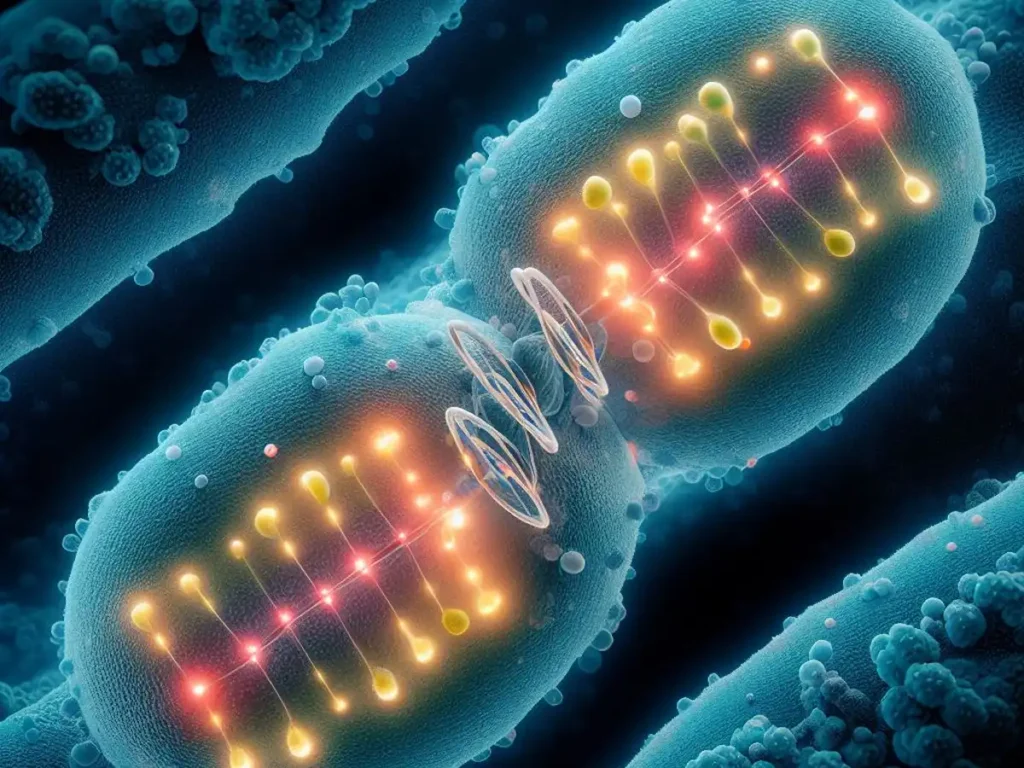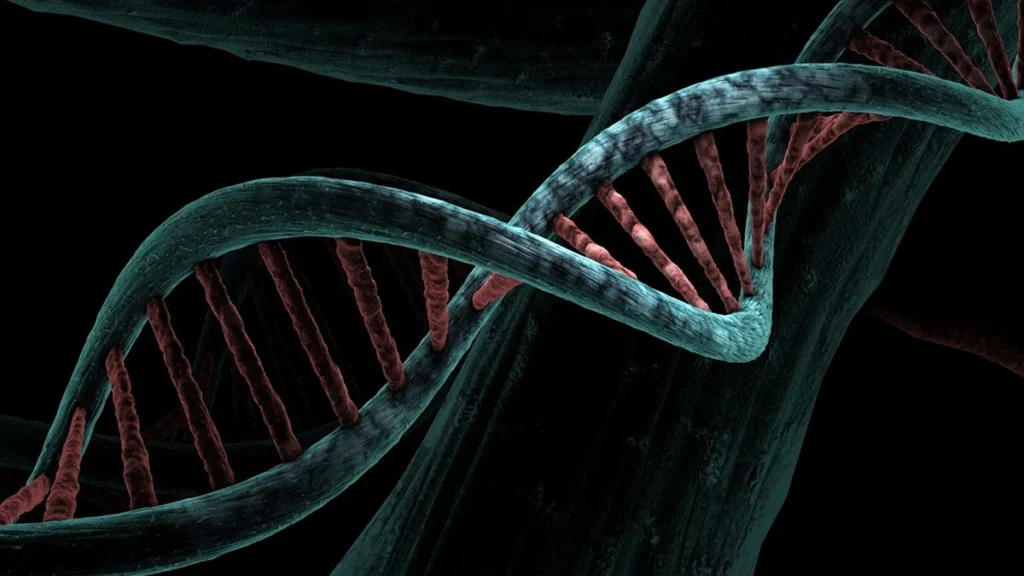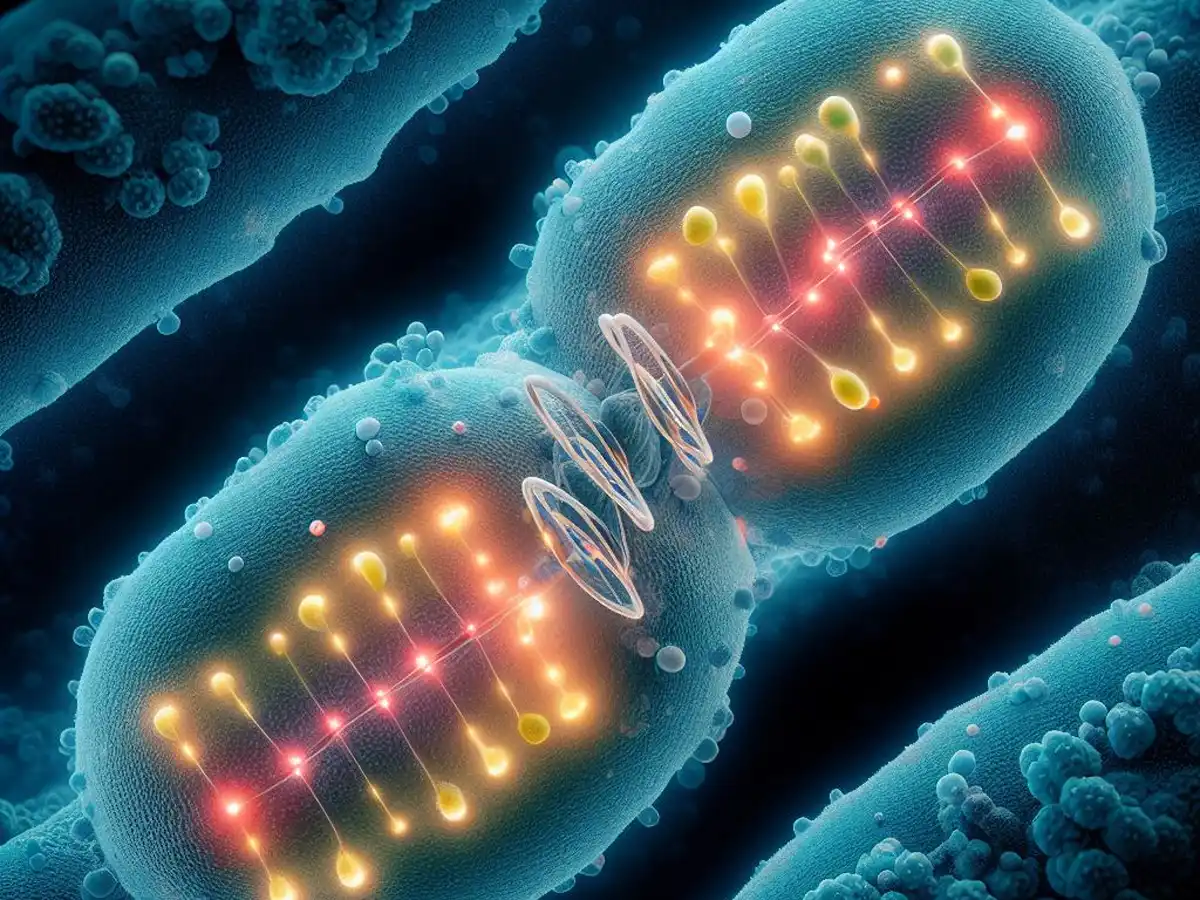Plasmids can be broadly classified into conjugative plasmids and non-conjugative plasmids on the basis of function. Conjugative and non-conjugative plasmids are further divided into different types of plasmid as discussed below
Non-conjugative types of plasmid
Non conjugative plasmids are the plasmids which carry set of genes which do not contribute in sexual conjugation among bacterial cells including
- ColE2 plasmid
- pUC plasmids
- Shuttle vectors
- Expression vectors
- Suicide plasmids
Conjugative types of plasmid
Conjugative plasmids are the type of plasmids which carry a set of transfer genes which promote sexual conjugation among bacterial cells and facilitate transfer of genes among bacteria. These include
- F- plasmid (F factor ):
- R plasmids or R factor
- Col- plasmids:
- Heavy metal ion resistant plasmids:
- Plasmids of catabolic activity:
- Metabolic Plasmids:
- Virulence plasmids:
- Ti plasmid (Tumor-inducing plasmid)

F- plasmid (F factor ):
F plasmid (F factor) is one of the most well studied conjugative plasmid. They are also called sex factor plasmids or fertility plasmids. F plasmid mediates the transfer of genetic material, including the plasmid itself, from donor cells to recipient cells. It identifies sex of bacterial cell. Bacterial cell which possesses sex factor plasmid are the donor cells and called as F+ or male. However, the bacterial cells which do not possess sex factor plasmid are the recipient cells and called as “F-” or female. They are found in Escherichia coli (E. coli).
Col- plasmids:
Col plasmids also called colicinogenic plasmids are type of conjugative plasmid which carries genes that encode proteins called colicins which are toxic proteins that bacteria produce to kill or inhibit the growth of closely related bacteria. Col plasmids help bacteria compete for resources and provide a survival advantage to resistant bacteria in bacterial population. Examples of Col plasmids include ColE1 and ColIb-P9 plasmids.
Heavy metal ion resistant plasmids:
Heavy metal ion resistant plasmids are type of conjugative plasmids which are responsible for development of resistance against heavy metal ions if the bacteria get exposed to heavy metal ions through environment.
Plasmids of catabolic activity:
Catabolic plasmids are type of conjugative plasmids which are responsible for the degradation of highly complex compounds for example hydrocarbons, etc.
Metabolic Plasmids:
Metabolic plasmids carry genes that enable bacterial cell to develop metabolic capabilities not possessed by the wild-type strain. For example, some metabolic plasmids possess genes for the utilization of specific nutrients or the production of certain enzymes.
Virulence plasmids:
Virulence plasmids are type of conjugative plasmids found inside bacterial cells responsible for the production of virulence factors like adhesive factors, invasion factors, toxin production and immune system evading factors etc. They enhance the pathogenicity of bacterial cell. Example of virulence plasmid includes pINV plasmid found in Salmonella enterica.
Ti plasmid (Tumor-inducing plasmid):
Ti plasmids are a conjugative plasmid found in soil bacteria, Agrobacterium tumefaciens, which causes crown gall disease in plants. It carries genes which are involved in transfer of plasmid DNA portion into plant cells leading to the formation of tumors in plants.
R plasmids or R factor:
R-plasmid or R-Factor also called as the resistance factors or resistance plasmids are a group of conjugative plasmids which enhance ability of bacterial host cell to resist specific antibiotics and also carry genes which resist to some metal ions. For example R plasmids may carry genes which have ability to resist antibiotics like sulphonamide, streptomycin, tetracycline and metal ions like arsenic, cadmium, mercury, etc.
R-plasmid or resistance plasmids are type of plasmid that is mainly responsible for conferring antimicrobial resistance to the antimicrobial drugs. Example of R plasmid include R1, R6 and R100 plasmids.

When were R plasmids discovered?
R plasmids were discovered in Japan in the year 1959 during study of multidrug resistant Shigella strains during a dysentery epidemic.
What is the structure of R Plasmids?
R-plasmid is small, circular piece of DNA ranging between 80 – 95 kb long base pairs. They vary in size and types of drug resistance genes. The gene called the Resistance Transfer Factor (RTF) is present in R plasmid and constitutes the major portion of the R-RTF (Resistance Transfer Factor) molecules. The R determinant is smaller than the RTF.
Both the RTF and R determinant combine to form one unit and are separated from each other by one IS 1 element on either side. The IS 1 elements help in the exchange of R determinant between the different types of R-RTF units. They are largely homologous to the F factor and both carry similar genes. R plasmid also possess a fin 0 gene which repress the function of transfer operon.
What are the functions of R plasmid?
R plasmids have following functions
- They play an important role in the spread and dissemination of multidrug resistance genes among bacteria.
- They carry genes involve in the autonomous replication, conjugation, and confer resistance to ampicillin.
- R plasmids possess genes that can develop antibiotic resistance against and help bacteria in producing Pilli.
How R plasmid spread?
R plasmid spread and disseminate through gene amplification and horizontal gene transfer

Gene Amplification
Bacterial cells develop antimicrobial resistance when low concentration of antimicrobials are used to inhibit or kill bacterial cell containing R-factor ultimately bacterial cells surviving under selection pressure develop resistance against drug. This occurs due to amplification and duplication of the resistance gene present in the R plasmid or R determinant. During gene amplification and recombination occurs between the daughter strands during the replication of R plasmid or R-factor.
Horizontal Gene Transfer
- R plasmids mostly contain F plasmids therefore R plasmid can spread antibiotic resistance gene rapidly by spreading resistance genes among bacteria. Bacterial cell containing sex factor plasmid or F-factors can develop sex pilus which helps in the horizontal gene transfer between F+ and F- bacterial cell.
R-plasmid can also be taken up by chromosomal DNA through transformation or transduction.
